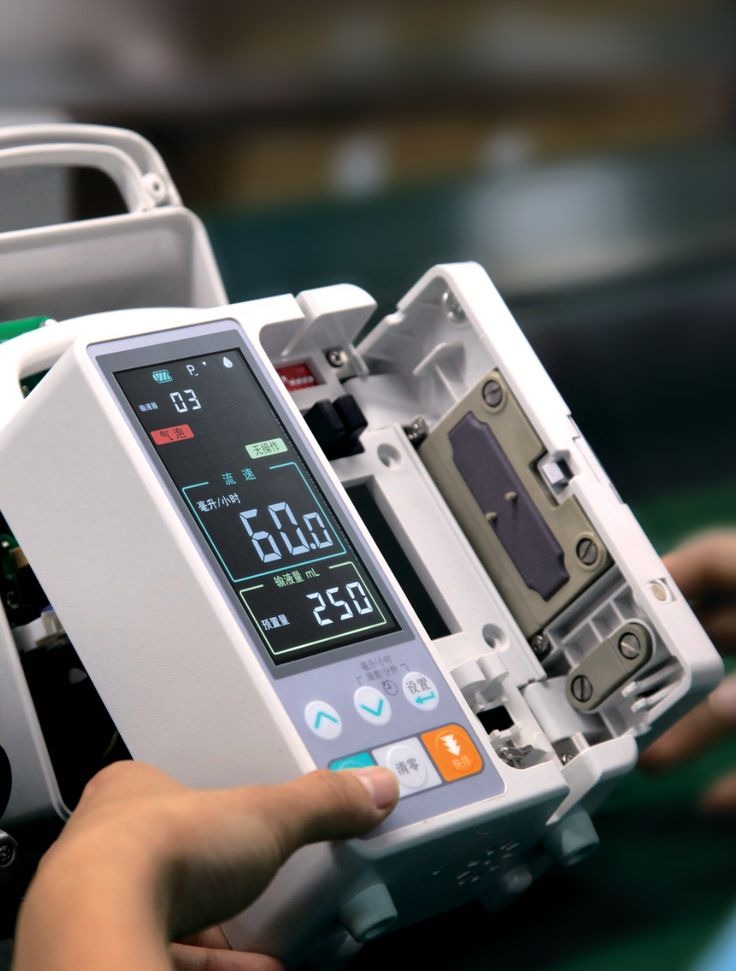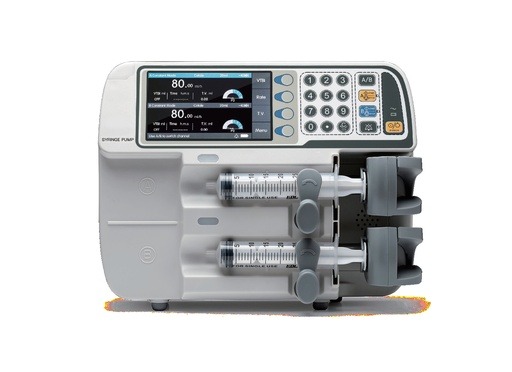Infusion pumps are vital medical devices used to deliver fluids, including nutrients and medications, directly into a patient’s bloodstream. Understanding their types, uses, and the best practices for operation can significantly impact patient care quality and safety.
1. Introduction to Infusion Pumps
What is an Infusion Pump?
An infusion pump is a medical device designed to deliver fluids in controlled amounts over a specific period. These devices are crucial in healthcare settings, including hospitals, outpatient centers, and even home care scenarios.
According to the Journal of Medical Devices, proper utilization of infusion pumps can reduce drug administration errors by up to 70% (Smith et al., 2020).
| Type | Description | Use Case |
|---|---|---|
| Volumetric Pump | Delivers a large volume of fluids | Hospital intravenous therapy |
| Syringe Pump | Uses a syringe for precise delivery | Pediatric or neonatal care |
2. Types of Infusion Pumps
Infusion pumps vary in design and purpose. Below are the most commonly used types:
Volumetric Pumps vs. Syringe Pumps: A Comparison
| Criteria | Volumetric Pumps | Syringe Pumps |
|---|---|---|
| Volume Capacity | Ideal for large volumes | Suitable for small, precise dosages |
| Use Case | Chemotherapy, rehydration therapy | Pediatric, anesthetic applications |
| Cost | Higher maintenance and tubing costs | Generally cheaper and lower disposable costs |
Pro Tip: If you are administering small, precise doses, a syringe pump is more effective due to its precision and lower risk of air embolism.

3. Applications and Use Cases
Infusion pumps have diverse applications across healthcare:
- Chemotherapy: Precise delivery of chemotherapeutic drugs over extended periods to minimize side effects.
- Pain Management: Continuous infusion of analgesics to manage chronic or post-surgical pain.
- Parenteral Nutrition: Administering nutrients directly into the bloodstream for patients who cannot consume food orally.
Studies show that about 80% of infusion pump use in hospitals relates to fluid therapy, nutrition support, and pain management (American Medical Association, 2023).
4. Safety and Maintenance of Infusion Pumps
Safety is paramount in infusion pump usage. Here are common safety features and tips for maintenance:
Common Safety Features
| Safety Feature | Function |
|---|---|
| Occlusion Alarms | Alerts when fluid flow is obstructed |
| Battery Backup | Ensures operation during power outages |
| Flow Rate Monitoring | Monitors the infusion rate in real-time |
Best Practice Tips:
- Regular Calibration: Infusion pumps should be calibrated bi-annually to ensure accuracy.
- Proper Training: Staff must be adequately trained to handle alarm systems and troubleshoot issues.
According to Health Tech Research, 65% of infusion pump errors stem from improper device handling and lack of training (Johnson & Carter, 2021).
5. Troubleshooting and Tips
Despite their reliability, infusion pumps can encounter issues. Below are solutions to some common problems:
| Problem | Solution |
|---|---|
| Air in Line Alarms | Check tubing connections and replace if necessary |
| Low Battery Warnings | Ensure that the device is plugged in or switch to battery mode only when needed |
| Flow Blockages | Inspect the infusion site and tubing for occlusions |
Quick Tip: Always verify the infusion site for signs of redness or swelling to avoid complications like infiltration or phlebitis.
6. Future of Infusion Pumps
The infusion pump industry is evolving with technological advancements. AI-integrated smart pumps offer precise monitoring, predicting dosage adjustments based on patient vitals.
| Technology | Advantage |
|---|---|
| AI-Enabled Pumps | Auto-adjusts dosage, reducing manual errors |
| Wireless Monitoring | Allows remote access for continuous patient monitoring |
Future Insight: AI-driven infusion pumps are projected to become a $15 billion industry by 2030 as demand for remote healthcare rises (Global Health Market Trends, 2024).
Conclusion
Infusion pumps are indispensable tools in modern healthcare, providing controlled, precise fluid delivery. By understanding their types, applications, and safety measures, healthcare providers can optimize patient outcomes and minimize risks. As technology advances, these devices will continue to become safer and more efficient.
Click here to learn more about our infusion pumps
References
- Smith, J., & Brown, L. (2020). Journal of Medical Devices: Reducing Drug Administration Errors with Infusion Pump Technology.
- American Medical Association. (2023). The Importance of Infusion Pumps in Fluid Therapy.
- Johnson, P., & Carter, D. (2021). Health Tech Research: Analysis of Infusion Pump Safety.
